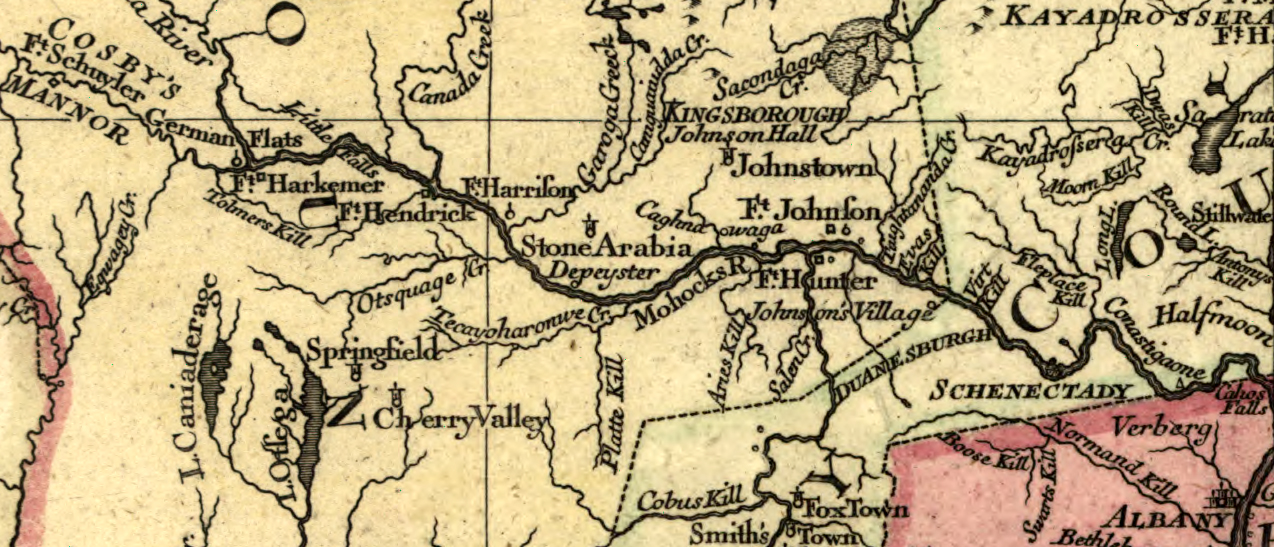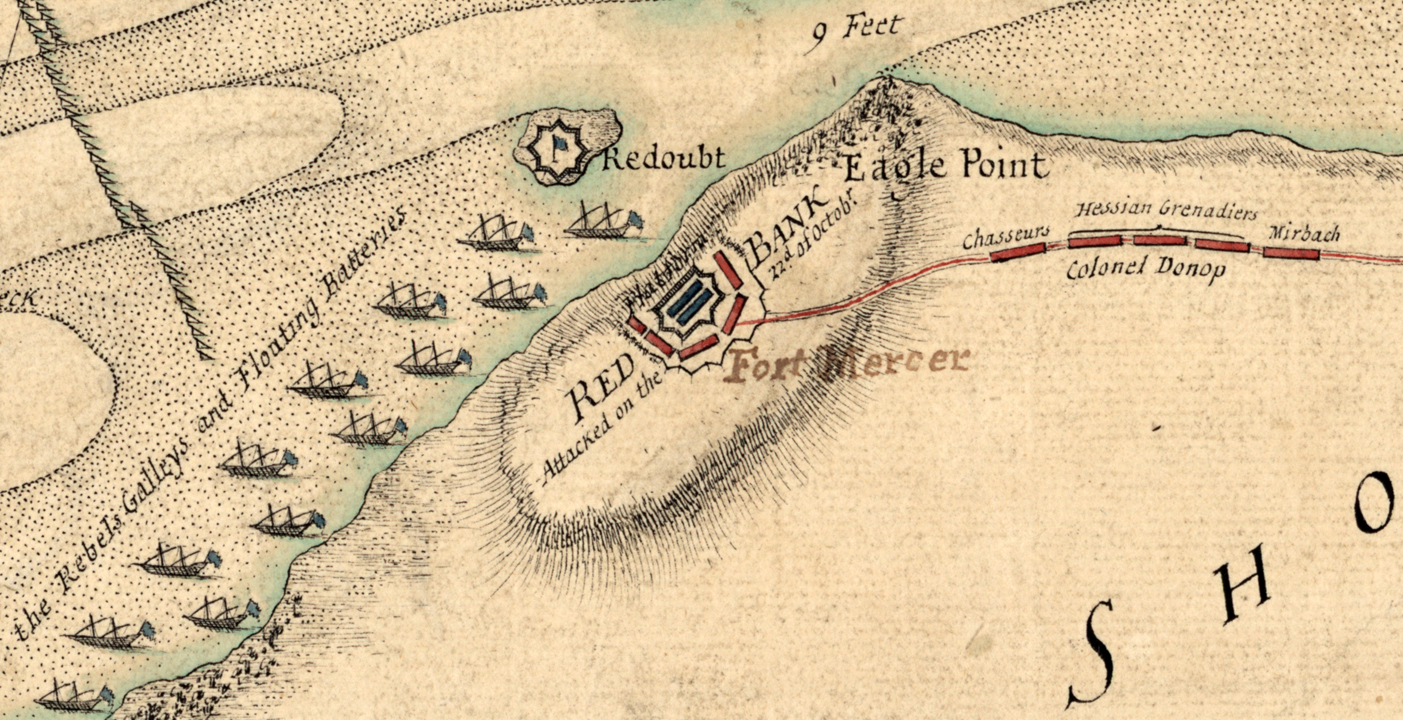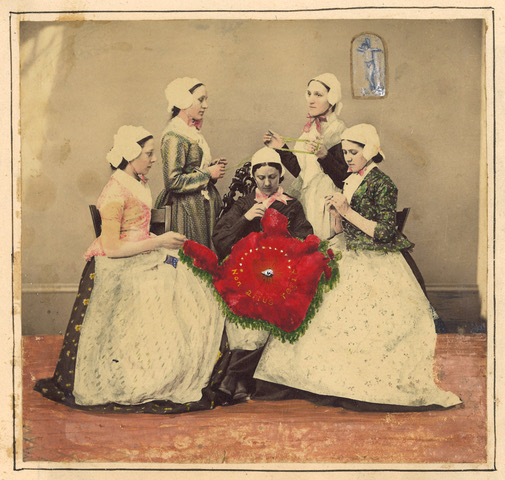On 10 November 1775, slightly more than four months after he had taken command of the American troops besieging Boston, Gen. George Washington sent a list of books to an old military colleague in Virginia. William Woodford (1734–1780) had just been reappointed an officer for their home colony. Woodford complained about the “inexperience” of his troops, and Washington answered that problem was “only to be remedied by practice and close attention.” The commander-in-chief also sent this advice:
As to the manual exercise, the evolutions and manoeuvres of a regiment, with other knowledge necessary to the soldier, you will acquire them from those authors, who have treated upon these subjects, among whom Bland (the newest edition) stands foremost; also an Essay on the Art of War; Instructions for Officers, lately published at Philadelphia; the Partisan; Young; and others.[i]
It is tempting to think that Washington listed five books that he had brought along with him to Massachusetts. We know that he owned all five of those titles when he died: copies of four are with his library at the Boston Athenæum, and the fifth is listed in his estate inventory.[ii] We also know that he had bought “military books” in Philadelphia the preceding June, and had ordered others in the preceding months.[iii] On the other hand, the books Washington listed were not the best fit for his situation in Boston: they include treatises on backwoods fighting but nothing devoted to siege warfare. Still, it is interesting to consider the military library that Gen. Washington praised to a new Virginia colonel in 1775.
 “Bland (the newest edition)” was Humphrey Bland’s A Treatise of Military Discipline, first published in 1727. It was the longest-running English military publication of the century, reprinted at least nine times by 1762 with significant changes along the way. Washington had bought a copy as a young officer in 1756, and he appears to have tried to order another copy for himself in 1774, but his Philadelphia contact could supply only a similar title.[iv]
“Bland (the newest edition)” was Humphrey Bland’s A Treatise of Military Discipline, first published in 1727. It was the longest-running English military publication of the century, reprinted at least nine times by 1762 with significant changes along the way. Washington had bought a copy as a young officer in 1756, and he appears to have tried to order another copy for himself in 1774, but his Philadelphia contact could supply only a similar title.[iv]
The “Essay on the Art of War” was originally Essai sur l’Art de la Guerre, by Count Launcelot Turpin de Crissé, published in Paris in 1754. Capt. Joseph Otway’s English translation was published in London in 1761 and advertised for sale in New York that same year. The Essay was popular among British officers.
“Instructions for Officers, lately published at Philadelphia,” meant Roger Stevenson’s Military Instructions for Officers Detached in the Field, first published in London in 1770. It was a widely distributed manual on commanding small bodies of soldiers and partisan warfare rather than on army-level operations. On 22 June 1775, the day before Washington left Philadelphia for the siege lines in Massachusetts, he bought a letter case made of Russian leather from the bookseller Robert Aitken.[v] Two days later, Aitken advertised a new edition of the Military Instructions for sale, complete with twelve engravings.[vi] Its editor, the Scottish immigrant Hugh Henry Ferguson, dedicated that volume to “George Washington, Esq; General and Commander in Chief of all the Forces of the United American Colonies.”[vii]
The Partisan; or, The Art of Making War in Detachment was another French manual, translated and published in London in 1760.[viii] It was widely available in Europe but not advertised in America. The author, credited in the English edition as “Capt. de Jeney,” was a Hungarian military officer named Mihály Lajos Jeney. He was called Louis Michel de Jeney when he served with the French army in the 1750s and Ludwig Michael von Jeney when he later served with the Prussians.
 Finally, by “Young” the commander meant Maj. William Young’s Manoeuvres, or Practical Observations on the Art of War, published in London in 1771. This was a book Washington definitely used, making notes on a back page of his copy. It was a collection of diverse material, including 62 copperplate diagrams, an essay on impromptu log fortifications, and Gen. James Wolfe’s “Instructions to Young Officers.” In 1775 New England printers advertised extracts from this title, but it was probably too hard for them to reproduce the whole book with all those illustrations.
Finally, by “Young” the commander meant Maj. William Young’s Manoeuvres, or Practical Observations on the Art of War, published in London in 1771. This was a book Washington definitely used, making notes on a back page of his copy. It was a collection of diverse material, including 62 copperplate diagrams, an essay on impromptu log fortifications, and Gen. James Wolfe’s “Instructions to Young Officers.” In 1775 New England printers advertised extracts from this title, but it was probably too hard for them to reproduce the whole book with all those illustrations.
All told, Washington’s five books included a broad range of information about the basic training and management of an infantry regiment: instructions on the manual of arms, forms for all sorts of paperwork, advice about engineering and light artillery in the field, and so on. They offered particular guidance on the type of “petit guerre” that had characterized the French and Indian War in North America. Washington had made highly pragmatic choices based on his experience.
It is also notable what Gen. Washington did not name for Col. Woodford. He eschewed the dense, complex treatises on artillery and fortifications that were widely advertised in Europe and America—those would not have been practical for an officer in Woodford’s position.
The general also did not name any edition of William Windham’s A Plan of Discipline, Composed for the Use of the Militia of the County of Norfolk, first published in London in 1759. The “Norfolk plan” had been reprinted several times in New England and recently adapted by the Massachusetts militia officer Timothy Pickering.[ix] Perhaps Washington thought it would not be easily available to Woodford in Virginia. Perhaps its emphasis on basic training and militia reviews did not seem useful enough for actual warfare. But we know Gen. Washington preferred the European model of an army over the less “disciplined” one he had found in New England.
Thanks to Don Hagist for his guidance and contributions to this article. For further reading on military books in the Revolutionary period, Don recommends:
• Joseph R. Riling, The Art and Science of War in America: A Bibliography of American Military Imprints, 1690-1800 (Alexandria Bay, N.Y.: Museum Restoration Service, 1990).
• Ira D. Gruder, Books and the British Army in the Age of the American Revolution (Chapel Hill: University of North Carolina Press, 2010).
• J. A. Houlding, Fit for Service: The Training of the British Army, 1715-1795 (Oxford: Clarendon Press, 1981).
Digital copies of the eighteenth-century military books mentioned in this article and many more can be purchased through RevolutionaryImprints.com.
[i] Washington to Woodford, 10 November 1775, in The Papers of George Washington, Revolutionary War Series, Philander D. Chase, Dorothy Twohig, Frank E. Grizzard, Edward G. Lengel et al., editors (Charlottesville: University Press of Virginia, 1985–), 2:346-7.
[ii] Oliver L. Spaulding, Jr., “The Military Studies of George Washington,” American Historical Review, 29 (1924), 675‑680. William H. Bean, “Washington’s Military Library,” Journal of the Military Service Institution of the United States, 35 (1904), 416. Appleton P. C. Griffin and William Coolidge Lane, A Catalogue of the Washington Collection in the Boston Athenæum (Boston: Boston Athenæum, 1897). In addition, a copy of the 1770 London edition of Stevenson’s Instructions is among Washington’s books at the Morgan Library and Museum in New York.
[iii] Cash Accounts, June 1775, in Papers of George Washington, Colonial Series, W. W. Abbot, Dorothy Twohig, Philander D. Chase et al., editors (Charlottesville: University Press of Virginia, 1983-1995), 10:369-71.
[iv] Washington asked Philadelphia merchant William Milnor to send a “Treatise on Military Discipline,” but Milnor could find only Lt. Samuel Webb’s Treatise on Military Appointments of the Army; Milnor to Washington, 29 November 1774, in Papers of George Washington, Colonial Series, 10:189-90.
[v] John C. Fitzpatrick, editor, George Washington’s Accounts of Expenses While Commander-in-chief of the Continental Army, 1775-1783: Reproduced in Facsimile, with Annotations (Boston: Houghton Mifflin, 1917), 4-6.
[vi] Pennsylvania Ledger, 24 June 1775.
[vii] Roger Stevenson, Military Instructions for Officers Detached in the Field: Containing, a Scheme for Forming a Corps of a Partisan: Illustrated with Plans of the Manoeuvres Necessary in Carrying on the Petite Guerre (Philadelphia: R. Aitken, 1775). Hugh Henry Ferguson is named as editor in Charles R. Hildeburn, A Century of Printing: The Issues of the Press in Pennsylvania, 1685-1784 (Philadelphia: n.p., 1886), 2:234. Despite that dedication, Ferguson sided with the Crown during the war.
[viii] Jeney’s 1759 French edition can be read at: <http://www.bsb-muenchen-digital.de/~web/web1059/bsb10594728/images/index.html>.
[ix] Timothy Pickering, Jr., An Easy Plan of Discipline for the Militia (Salem, Mass.: Samuel and Ebenezer Hall, 1775). Pickering eventually worked with Washington as adjutant general, quartermaster general, and secretary of state, and a copy of his book did get into Washington’s library.









3 Comments
This is like a very personal glimpse onto Washington’s first tier bookshelf and into the mind of Washington himself, knowing these are the top five military books that he would recommend to a new colonel in Virginia. Fascinating!
This is fascinating. As a book freak it’s always interesting to see what others are reading – esp. people I respect. This makes me want to track down these volumes so, in a way, I can know what GW knew. Great article – thanks!
Interesting that G.W. does this on the same day as the 2nd C.C. would establish the Marine Corps.